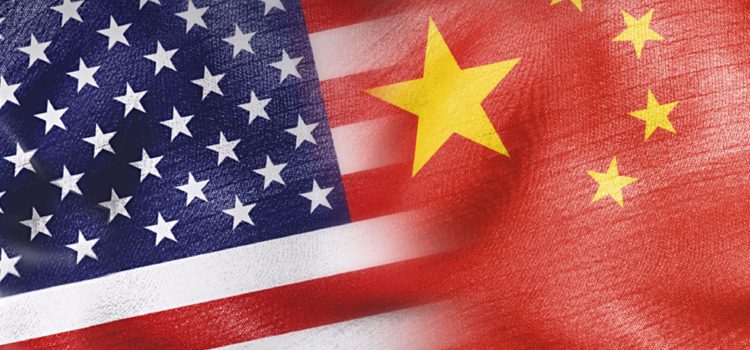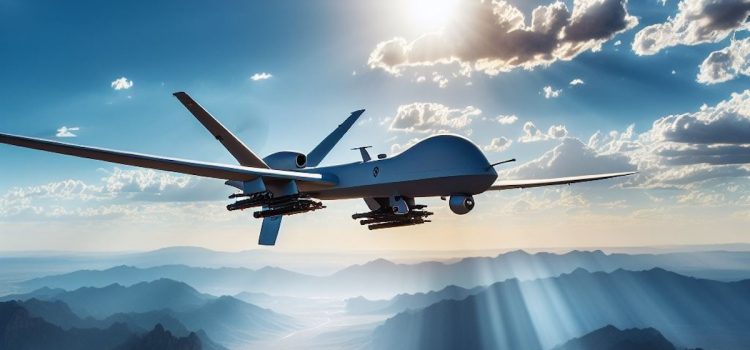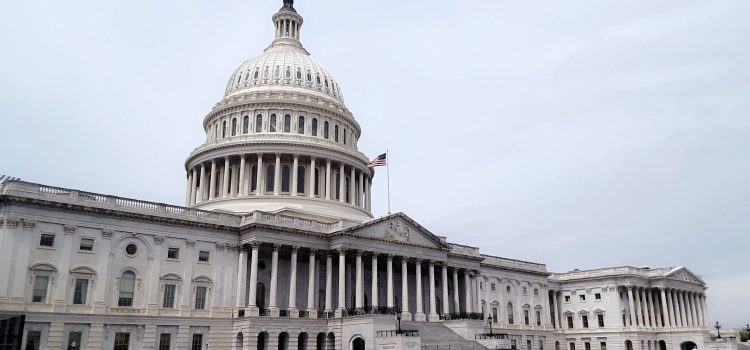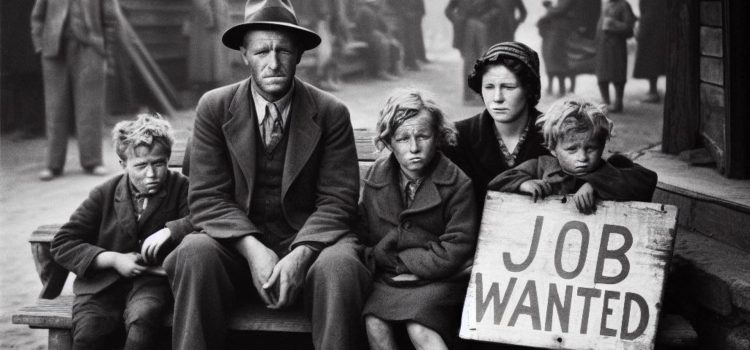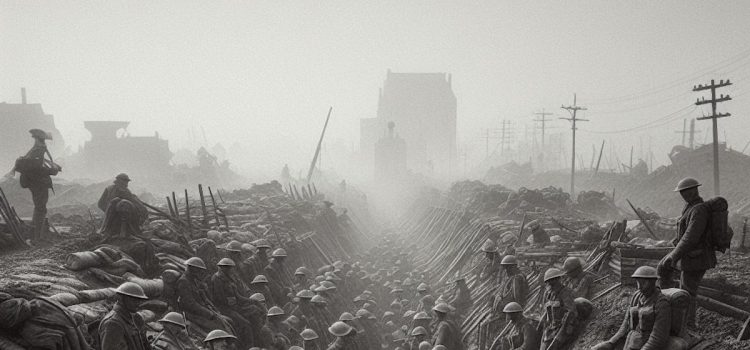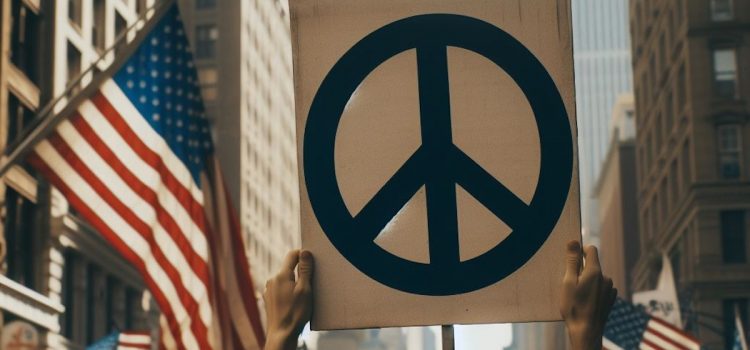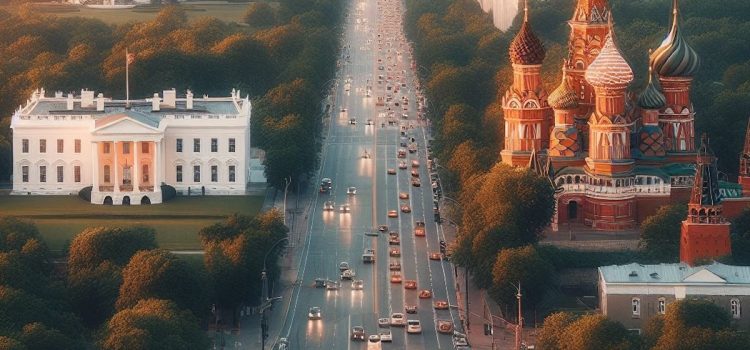What’s the holdup over legislation to bolster child safety online? What concerns do tech giants have about potential legislation? Despite growing outrage over tech giants’ failure to address child exploitation on social media platforms, federal legislation to tackle the issue has stalled in the US Senate for years. The delay has been caused by tech lobbyists, competing legislative priorities, and the challenge of balancing parental concerns with children’s rights. Below we’ll dive into what the opponents and advocates of legislation for online safety for kids say.
Legislation for Online Safety for Kids Faces Obstacles



